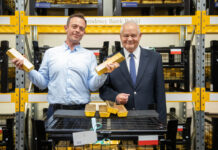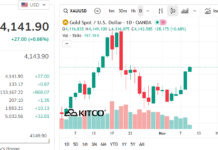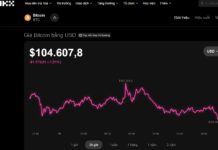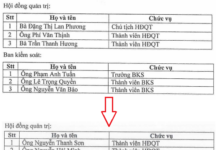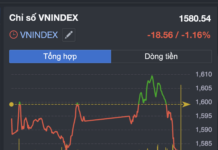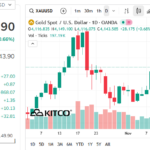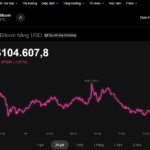
Illustrative Image
According to a research team from the Colorado School of Mines (CSM), during the extraction of gold, copper, or zinc, numerous mines in the U.S. have discarded millions of tons of “waste” material—consisting of leftover rocks and debris.
However, these waste piles contain significant amounts of lithium, cobalt, manganese, germanium, neodymium, yttrium, and other rare earth elements. These materials are crucial for manufacturing electric vehicle batteries, solar panels, electronic devices, radar systems, and advanced weaponry.
Estimates suggest that the lithium wasted annually in the U.S. could produce batteries for approximately 10 million electric vehicles, while the discarded manganese could supply up to 99 million vehicles. Recovering just 10% of the cobalt from waste could meet the entire domestic demand for electric vehicle batteries.
“Recovering even a small percentage could make a substantial difference, potentially reducing or eliminating the need for imports,” emphasized lead author Elizabeth Holley.
Currently, the U.S. imports the majority of its lithium, cobalt, and rare earth elements from China, Australia, and the Democratic Republic of Congo. By leveraging this overlooked resource, the U.S. could reduce its external dependency and potentially transform into an exporter, creating thousands of new jobs in mining, processing, and electric vehicle manufacturing.
Nonetheless, researchers acknowledge a significant challenge: extracting minerals from mine waste is a complex, costly process requiring extensive additional research. “It’s akin to extracting salt from breadcrumbs,” Holley analogized, stressing the need for appropriate policies and technologies to ensure economic viability.
The study analyzed 54 active mines across the U.S., including the germanium-rich Red Dog mine in Alaska and the nickel-rich Stillwater and East Boulder mines in Montana. A comprehensive database of mineral output and composition has been developed, paving new avenues for the mining industry and the U.S. economy in the electric vehicle era.
Global Superpower Unveils 11 Million Ton Treasure Trove Worth Trillions, Potentially Shaking Foundations of Russia and China
The United States has uncovered a groundbreaking new energy source, offering a transformative opportunity to break free from reliance on China.
Unveiling Vietnam’s Hidden Gem: Abundant Deposits of Precious Minerals
The Ministry of Natural Resources and Environment has discovered geological signs and indicators in several regions across Vietnam, suggesting the presence of strategic mineral resources. This discovery extends beyond previously explored, evaluated, and surveyed areas, highlighting the potential for untapped mineral wealth in the country.

